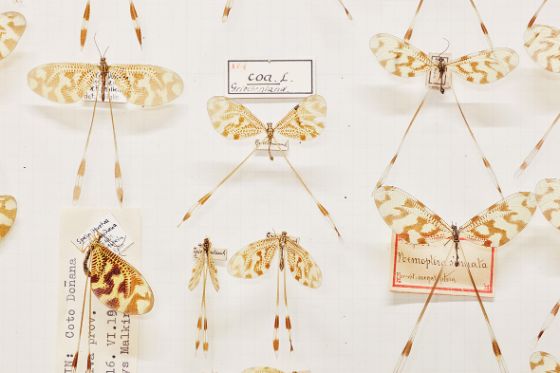Evolution of the Inner Ear in Ruminants
Ruminants are an important group for humans, whether in connection with agriculture or tourism. Despite recent DNA analyses, their classification has not been fully understood. Our project examines 3D reconstructions of the inner ear of recent and extinct species to answer to remaining questions.
The history of ruminants stretches back roughly 45 million years, but their extensive diversity developed only around 25 million years ago. The considerable morphological diversity of antlers and horns known to us today exploded roughly 15 million years ago.
To understand the way deer evolved, researchers in the fields of palaeontology and biology are working with fossils that present morphological characteristics. The molecular analysis (DNA) of fossils is unfortunately not possible. Molecular biologists need data from the past however, in order to be able to establish phylogenetic hypotheses. This is where palaeontology comes in. Since teeth are often the only fossil remnants, our current understanding of extinct types has been formed using these dental features. On the other hand, the teeth of early ruminants are primitive in appearance and do not help us to answer questions related to their phylogeny.
Our current research project studies features of the ear region, in which is hidden a large amount of relevant information. To improve our morphological database, we scan the skulls of ruminants and 'rebuild' inner structures as digital casts.
